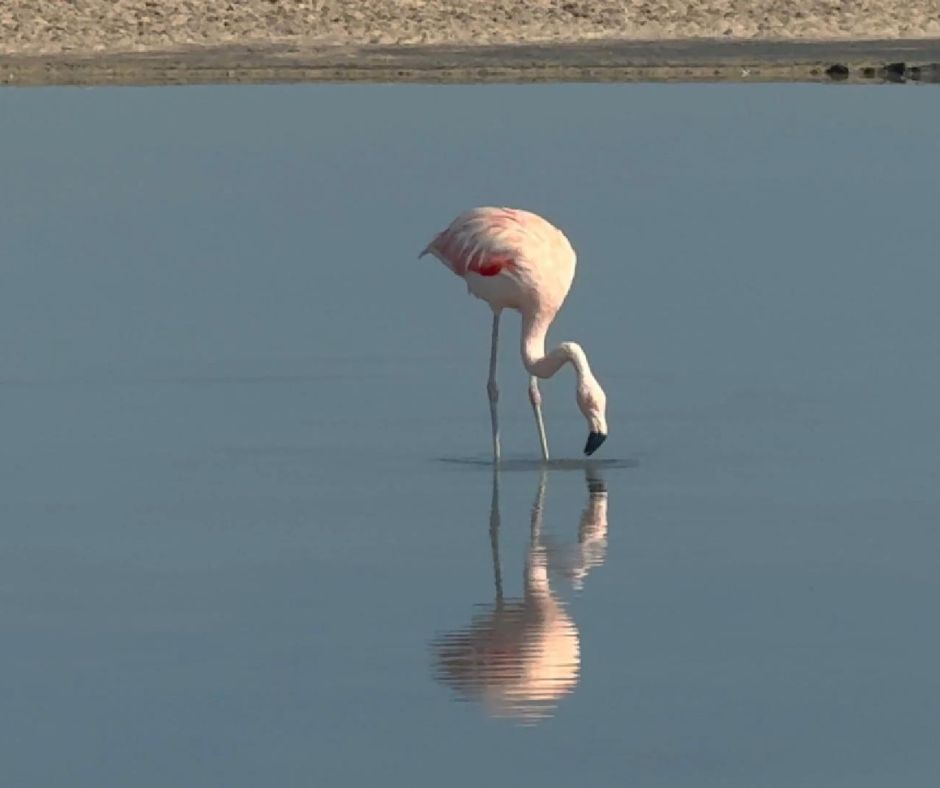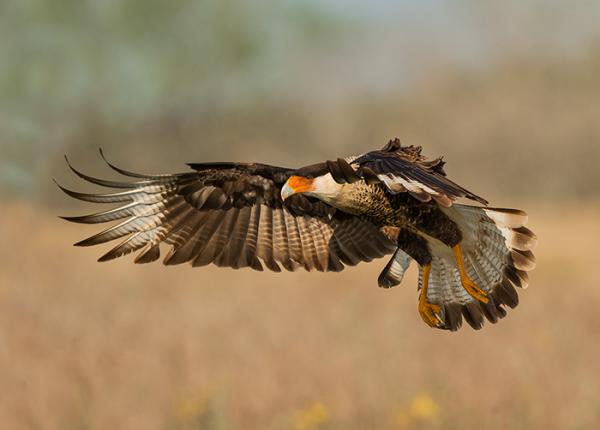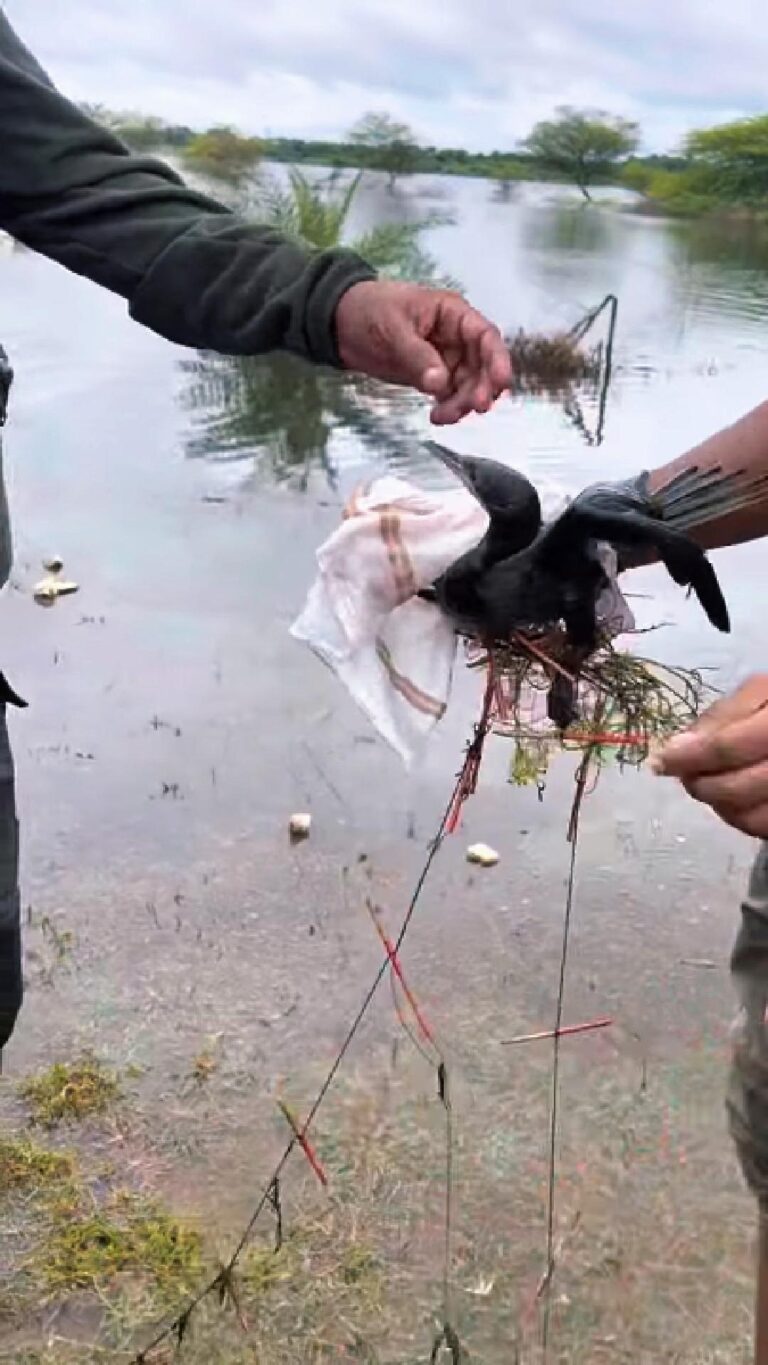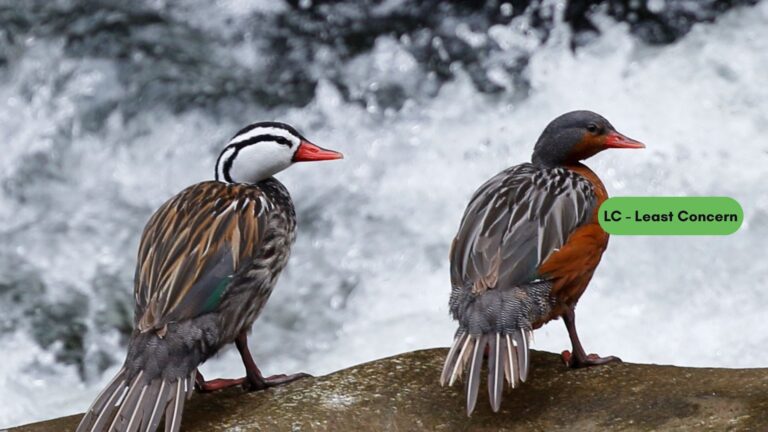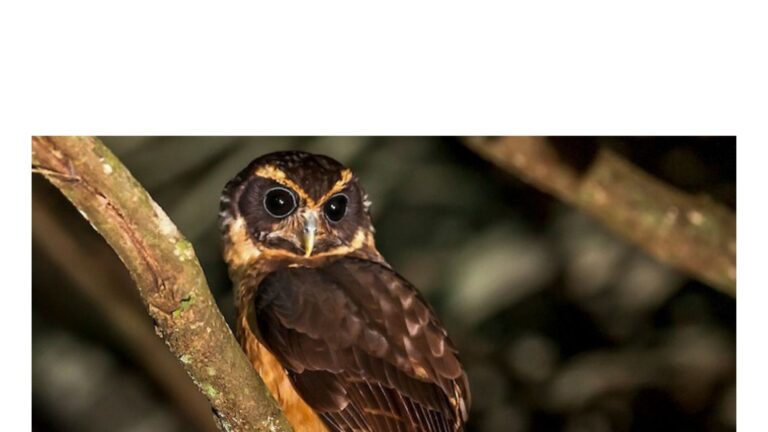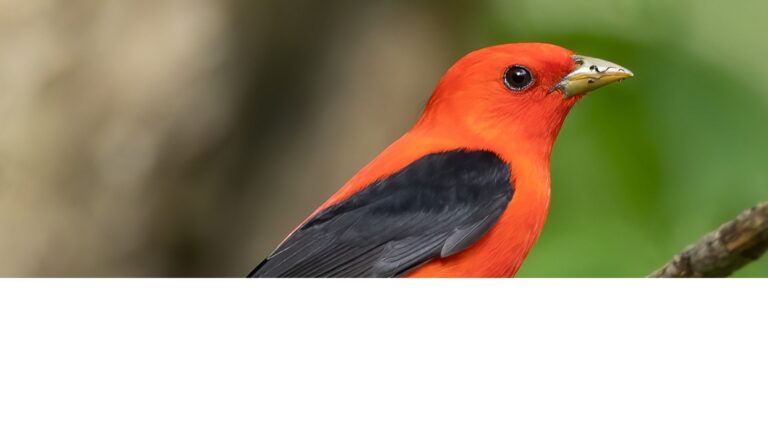Chile & Bolivia Birds and Animals: A Friendly Guide to South America’s Wildlife Wonders
Exploring South American animals: South America’s western edge offers a treasure trove of unique wildlife experiences, including a diverse range of South American animals.
Chile and Bolivia showcase remarkable biodiversity, featuring an array of South American animals, from the driest desert on Earth to lush Amazonian rainforests and the breathtaking Andes mountains.
These neighboring countries are home to over 1,500 bird species and hundreds of fascinating South American animals, including mammals, reptiles, and amphibians, many found nowhere else on the planet.
Among these captivating sights, South American animals reveal the rich tapestry of life unique to this region, highlighting endemic species that thrive in various habitats.
Wildlife enthusiasts will find Chile’s flamingo-dotted salt flats and Bolivia’s jaguar habitats, teeming with South American animals, equally mesmerizing.
Both nations face conservation challenges with several endangered species, including the iconic Andean condor and the adorable chinchilla.
Conservation initiatives are crucial for preserving South American animals and their habitats for future generations.
Local conservation efforts have created numerous national parks and protected areas where visitors can ethically observe these amazing creatures in their natural habitats.
Enjoy this wonderful video by photographer and explorer, Bojan Vojinovic who recently travelled to the area.
Iconic Birds and Where to Find Them
Many visitors travel to observe South American animals, drawn by the promise of unique wildlife encounters in their natural settings.
These ecosystems are not only home to stunning flora but to a wide variety of South American animals that have adapted to thrive in diverse conditions.
Fascinating South American Animals in Their Natural Habitats
Chile and Bolivia boast an impressive array of bird species that draw enthusiasts from around the world.
The diverse landscapes from high Andean peaks to coastal regions create unique habitats for specialized avian residents that cannot be found elsewhere.
Majestic Raptors and High-Altitude Fliers
The Andean Condor stands as the most iconic bird of the region, soaring majestically over the mountain ranges with its impressive 3-meter wingspan.
These massive birds can be spotted in Chile’s Torres del Paine National Park and Bolivia’s Apolobamba range, particularly during morning hours when they ride thermal currents.
The Black-chested Buzzard-Eagle is another striking raptor, identifiable by its contrasting plumage and powerful build.
Birdwatchers often seek out opportunities to observe South American animals in the wild, particularly those unique to this region.
Visitors frequently encounter these hunters along mountain roads in central Chile and western Bolivia.
For hummingbird enthusiasts, the Giant Hummingbird presents a special treat. Despite its name, it’s only robin-sized, but enormous for a hummingbird!
Look for them feeding on orange tubular flowers in the mid-elevation Andean slopes between 2,000-3,500 meters.
Best Viewing Spots:
- Farellones (Chile) for condors and buzzard-eagles
- Lauca National Park (Chile) for high-altitude specialists
- Cotapata National Park (Bolivia) for Giant Hummingbirds
Specialty Birds of the Andean Wetlands
The alkaline lakes scattered throughout the Altiplano host spectacular concentrations of all three flamingo species found in South America.
James’s Flamingos, with their distinctive red legs and yellow bills, are regional specialties best observed at Bolivia’s Laguna Colorada.
In their quest for adventure, many travelers make a point to discover the diverse range of South American animals found in these high-altitude wetlands.
The Andean Avocet displays elegant black and white plumage with upturned bills perfect for sweeping through shallow waters.
These waders prefer lakes above 3,800 meters and can be reliably found at Chile’s Salar de Surire.
The critically endangered Titicaca Grebe, one of the many fascinating South American animals, lives exclusively on Lake Titicaca between Peru and Bolivia.
These flightless diving birds with rusty-red sides are highly specialized to their habitat and best spotted from boat tours near the lake’s reed beds.
Puna Plovers, small shorebirds with distinctive brownish caps, inhabit the shorelines of high-altitude wetlands.
Their cryptic coloration makes them challenging to spot against the saltpan backgrounds.
Unique Species of the Patagonian Steppe
The Lesser Rhea, a flightless ratite resembling a small ostrich, roams the windswept Patagonian grasslands in small groups.
Dawn is the ideal time to spot these birds in Torres del Paine National Park or Argentina’s border regions with Chile.
The Magellanic Plover, despite its name, isn’t a true plover but belongs to its own family.
With pale gray plumage and unusual red eyes, these birds occupy the far southern reaches of Chile around Punta Arenas and Tierra del Fuego.
Tawny-throated Dotterels add splashes of color to the steppe landscape with their rufous throat patches and black chest bands.
They’re often spotted in short grass areas, particularly during their breeding season between September and January.
Key Steppe Birding Sites:
- Pali Aike National Park (Chile)
- Rio Gallegos estuary (Argentina/Chile border)
- Parque Pingüino Rey (Chile) – combines steppe species with King Penguin colonies
Mammalian Marvels: A Peek into Chile and Bolivia’s Diverse Fauna
Chile and Bolivia host an incredible array of mammals that have adapted to the diverse environments of the Andes mountains, coastal regions, and high-altitude plateaus.
These unique animals have evolved remarkable survival strategies to thrive in some of Earth’s most extreme environments.
Carnivores and The Chase for Survival
The elusive puma reigns as one of the most iconic predators in Chile’s Torres del Paine National Park.
These powerful cats blend perfectly with the rocky terrain, making them masterful hunters of guanacos and other prey.
The kodkod, also known as the Chilean cat, holds the distinction of being one of South America’s smallest wildcats.
Despite its diminutive size—rarely exceeding 5 pounds—this critically endangered feline is a formidable hunter of birds and small mammals.
Both countries provide sanctuary to the Andean fox, a resilient carnivore capable of surviving at altitudes exceeding 4,500 meters.
Their thick fur and specialized diet help them endure the harsh mountain conditions where few predators can survive.
The endangered culpeo fox represents another remarkable adaptation story, having evolved to hunt both by day and night across diverse habitats from coastal areas to mountain slopes.
Unsung Heroes of the Local Ecosystem
The diminutive pudú, standing just 35-45 cm tall, holds the title of South America’s smallest deer.
These shy herbivores play a crucial role in seed dispersal throughout Chile’s temperate rainforests.
Guanacos, close relatives of llamas, roam the arid landscapes of both countries in small family groups.
Visitors often express their delight in witnessing these remarkable South American animals in their natural environment.
Their efficient digestive systems allow them to thrive on sparse vegetation that other herbivores cannot process.
Key Ecosystem Contributors:
- Viscachas (rabbit-like rodents essential for soil aeration)
- Andean deer (endangered browsers that shape highland vegetation)
- Chinchillas (once abundant, now critically endangered)
Understanding the role of South American animals in their ecosystems is essential for effective conservation efforts.
The capybara, Earth’s largest rodent, maintains wetland health through selective grazing in Bolivia’s lowland areas.
Many conservation projects focus on educating the public about the importance of preserving South American animals and their habitats.
Their presence creates microhabitats for numerous smaller species.
Efforts to protect these habitats directly benefit the survival of South American animals and ensure biodiversity.
Ocean Giants and Aquatic Wonders
Blue whales, Earth’s largest creatures, migrate annually along Chile’s coast. These magnificent marine mammals can reach lengths of 30 meters and weigh up to 200 tons. They feed primarily on tiny krill.
Several dolphin species inhabit the productive coastal waters. These include the Chilean dolphin and Commerson’s dolphin. These intelligent mammals form complex social structures and serve as indicators of ocean health.
Ultimately, the survival of South American animals is intertwined with the health of their ecosystems.
Marine otters cling to survival along Chile’s rocky shores. They are now listed as endangered due to habitat loss and pollution. These playful creatures rely on kelp forests for both food and shelter.
The Juan Fernández fur seal has made a remarkable recovery from near extinction. Populations are now gradually increasing in Chile’s offshore islands. Their comeback represents one of the region’s most successful conservation stories.
